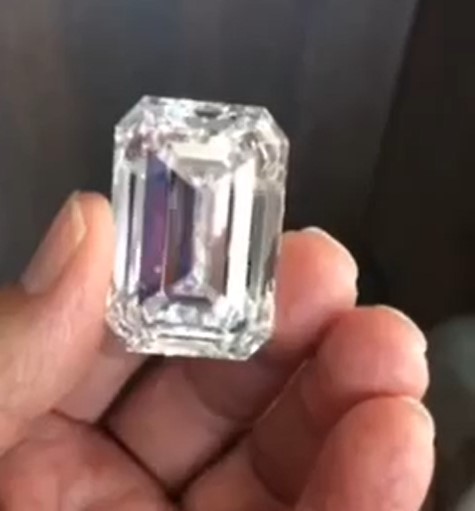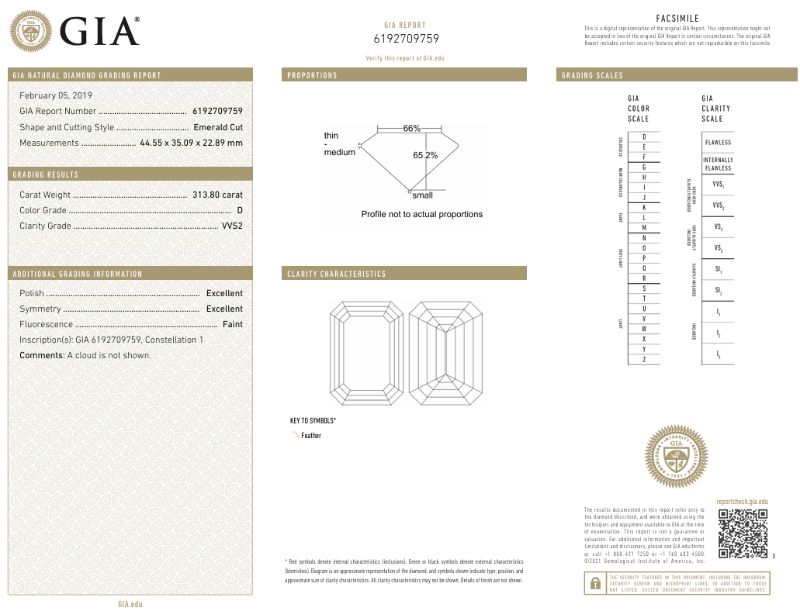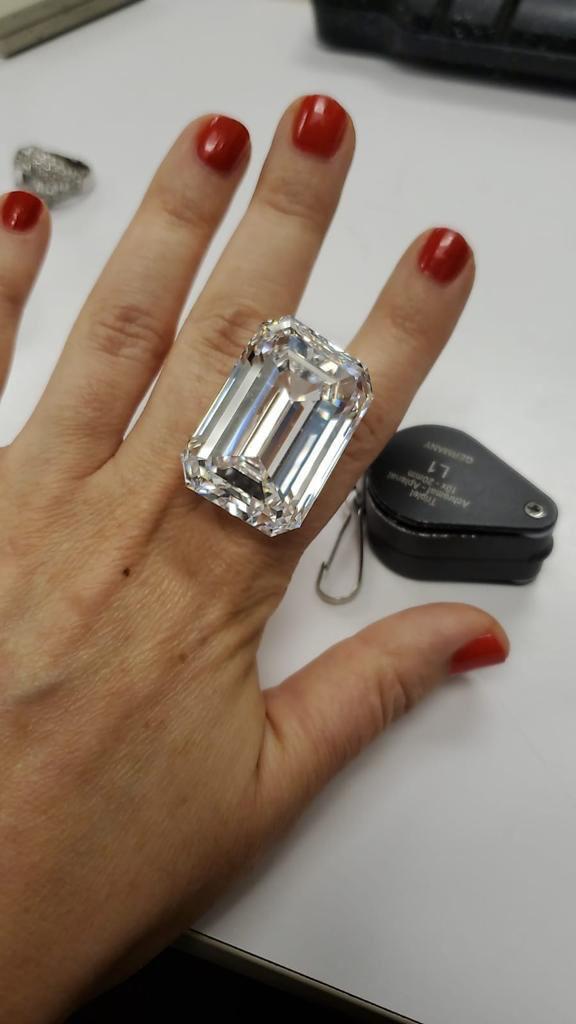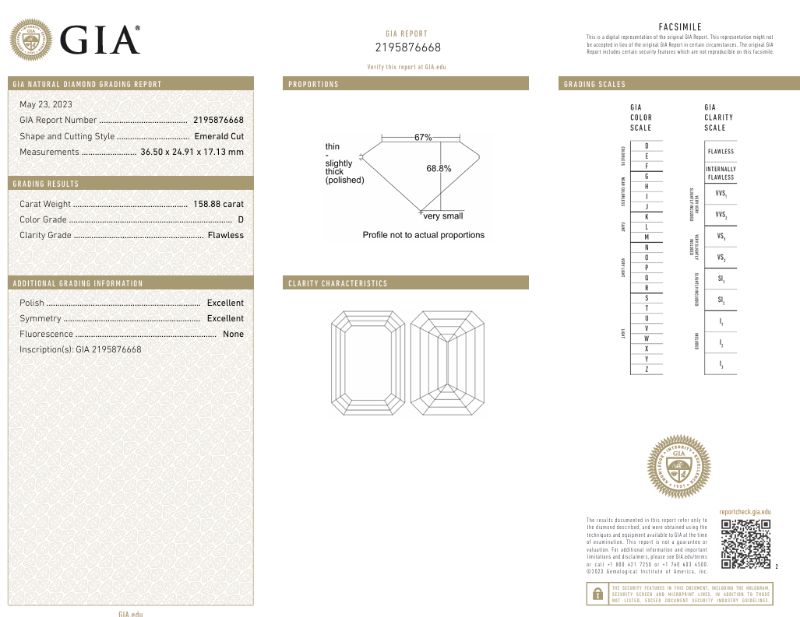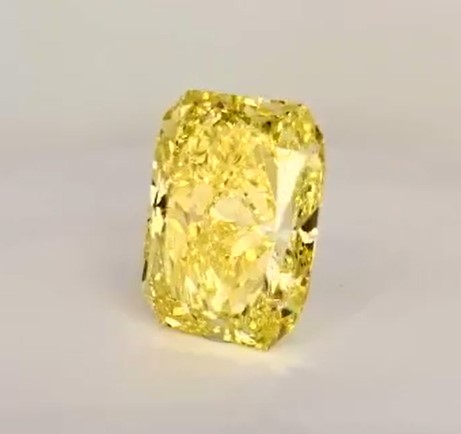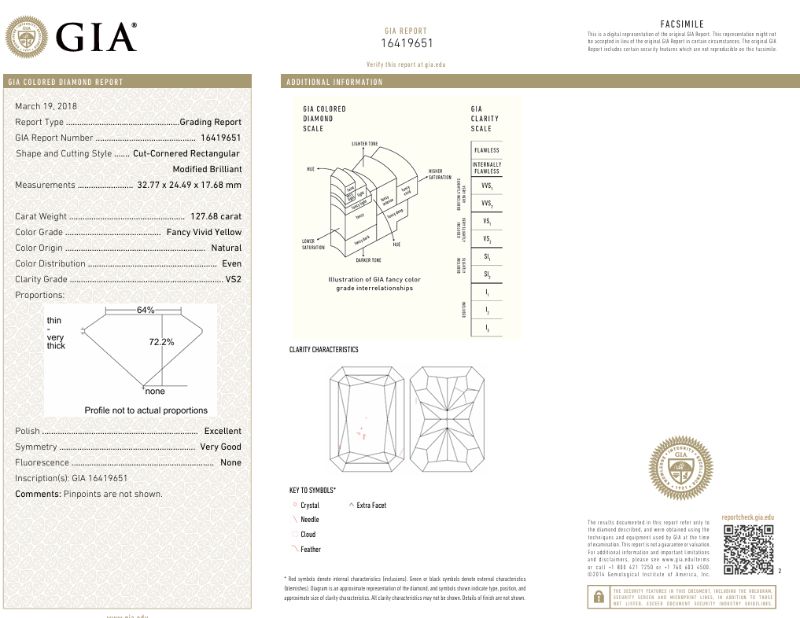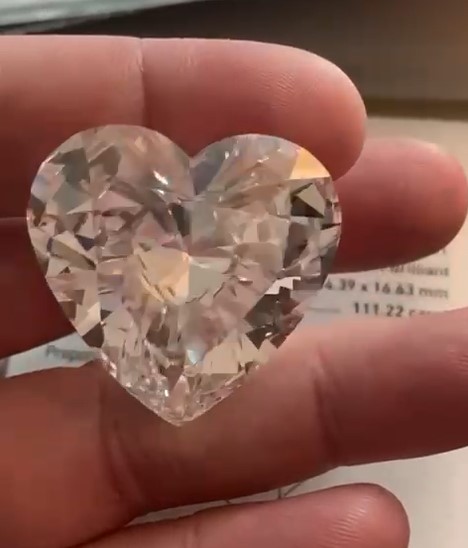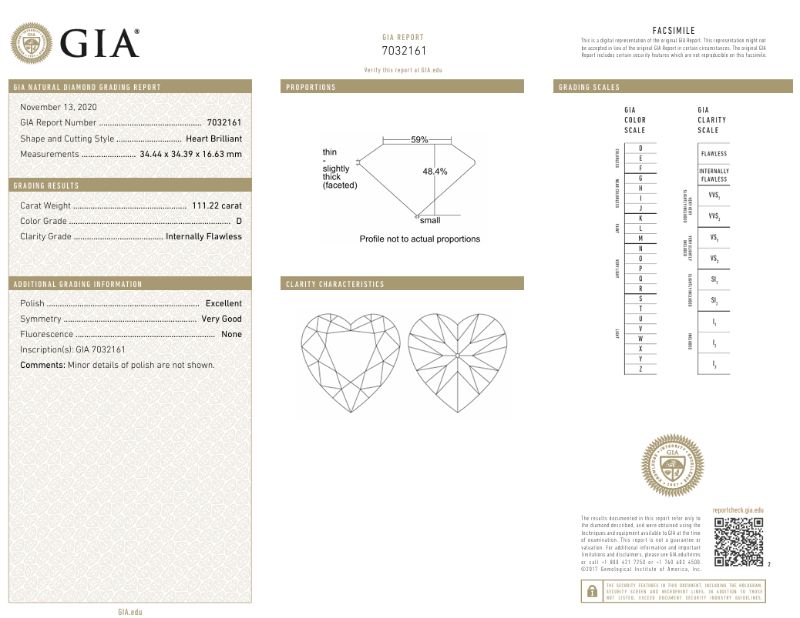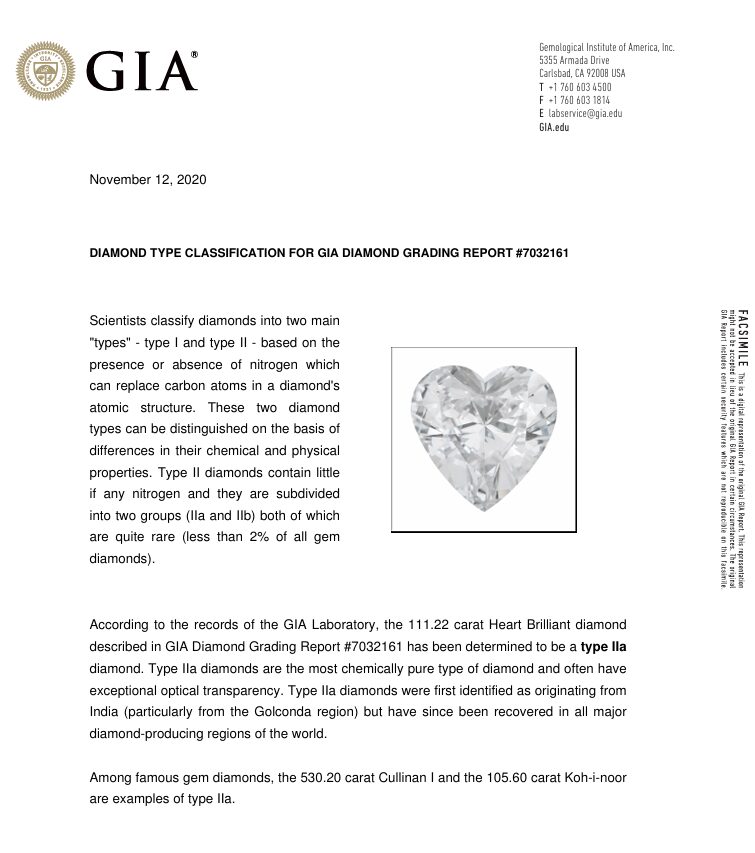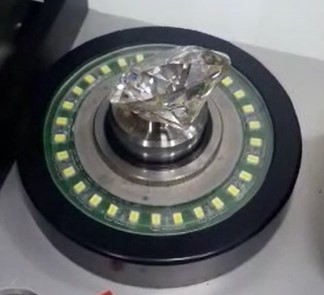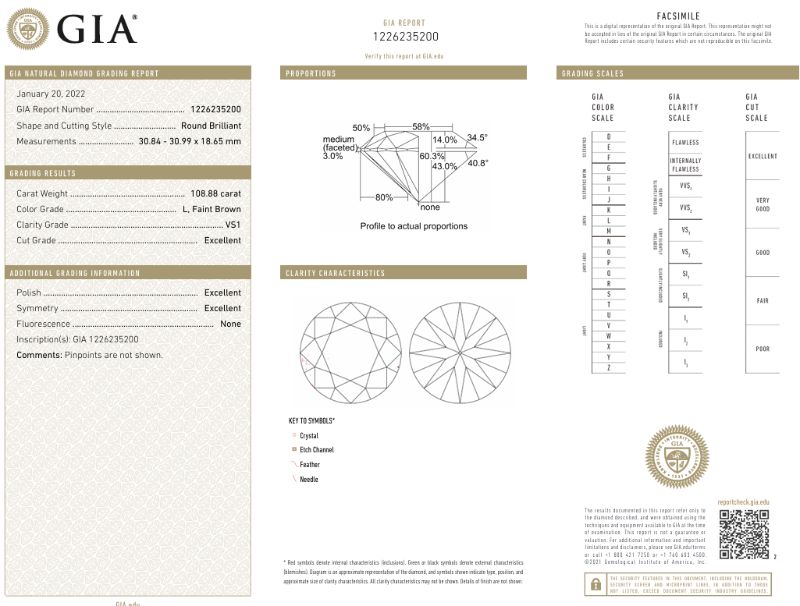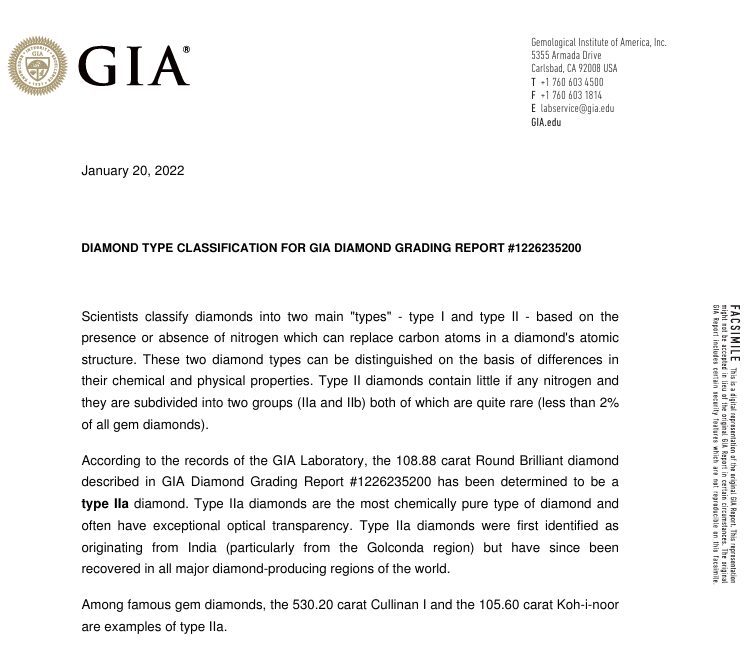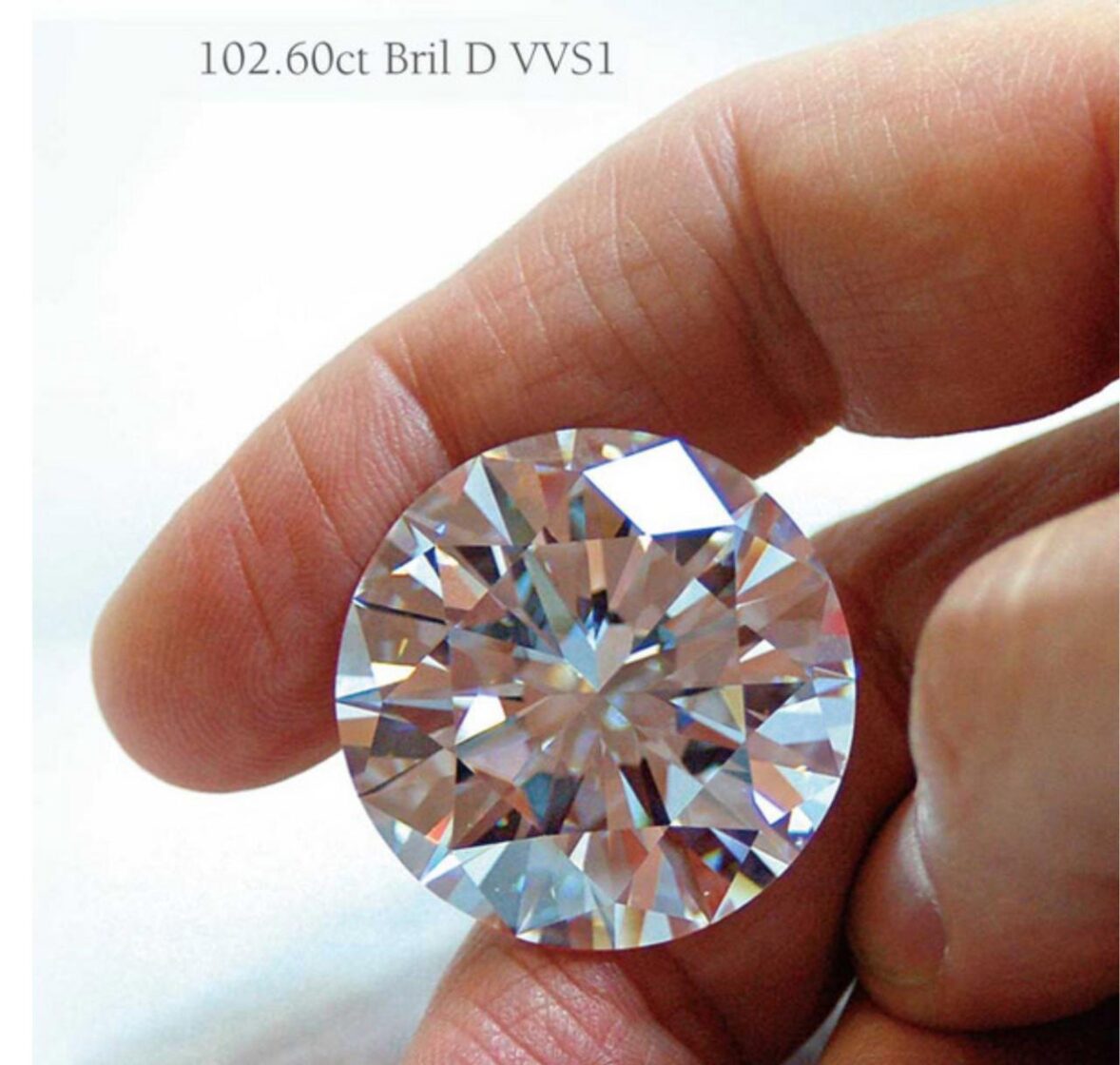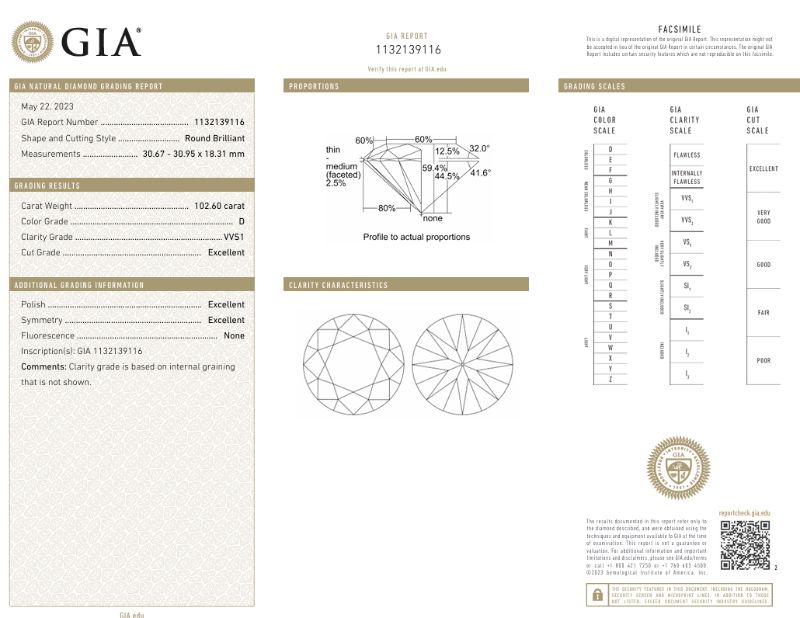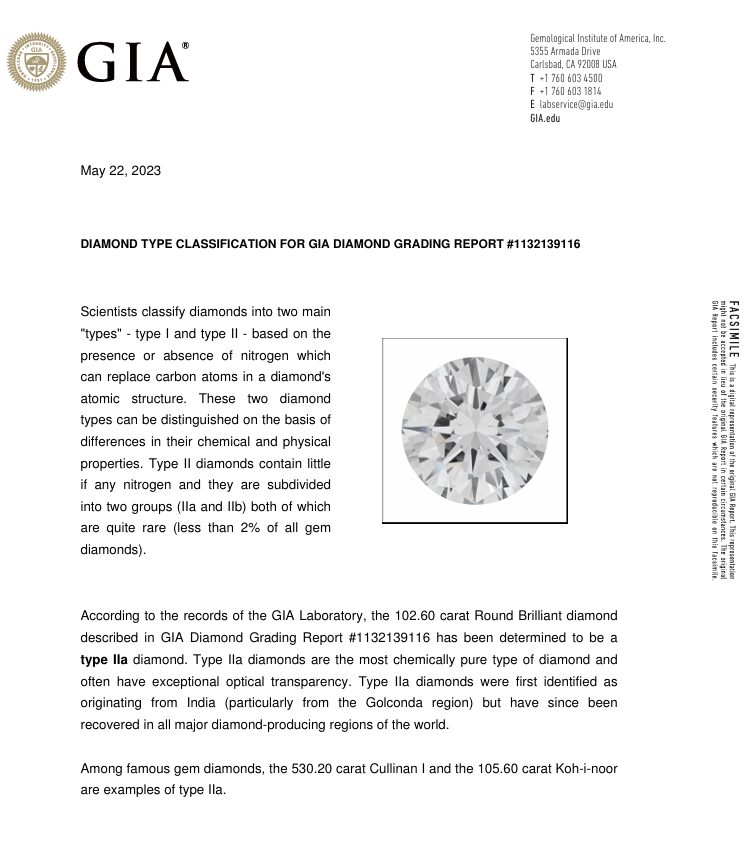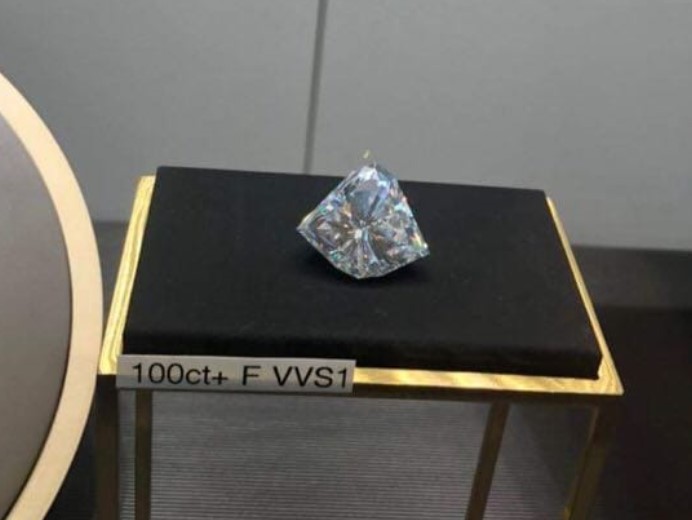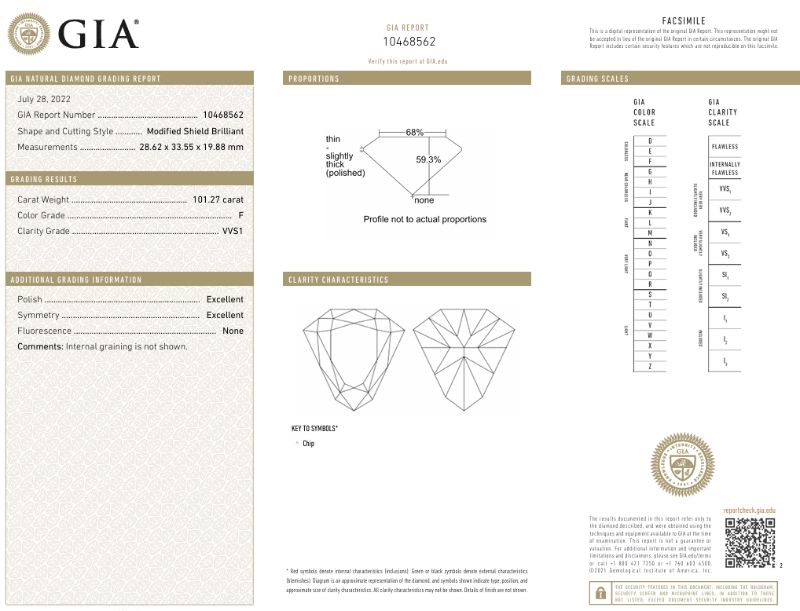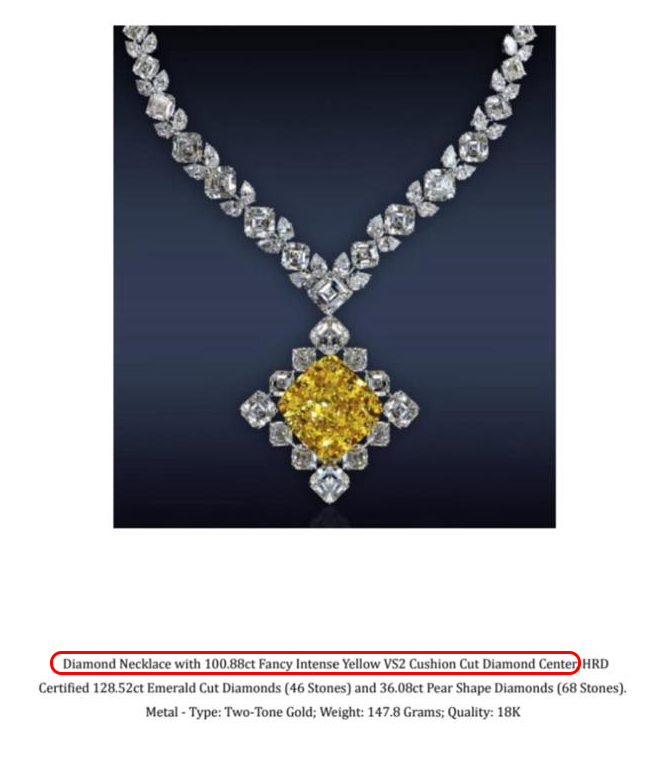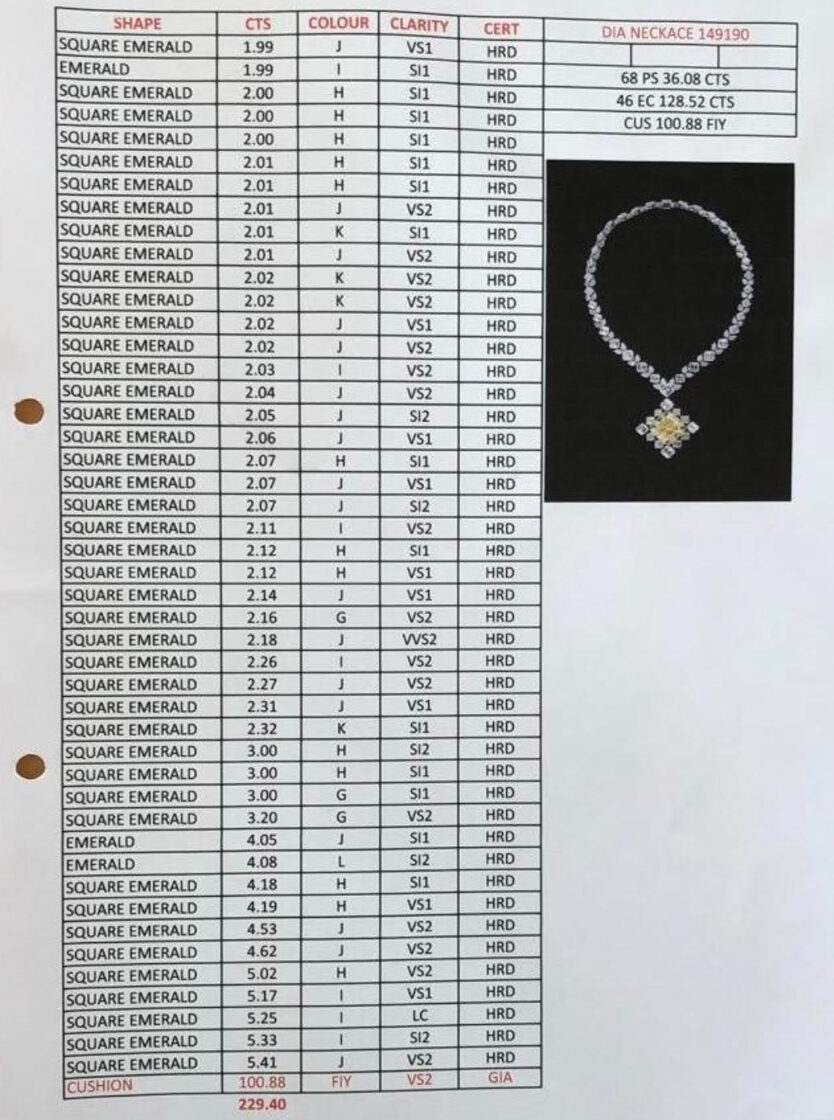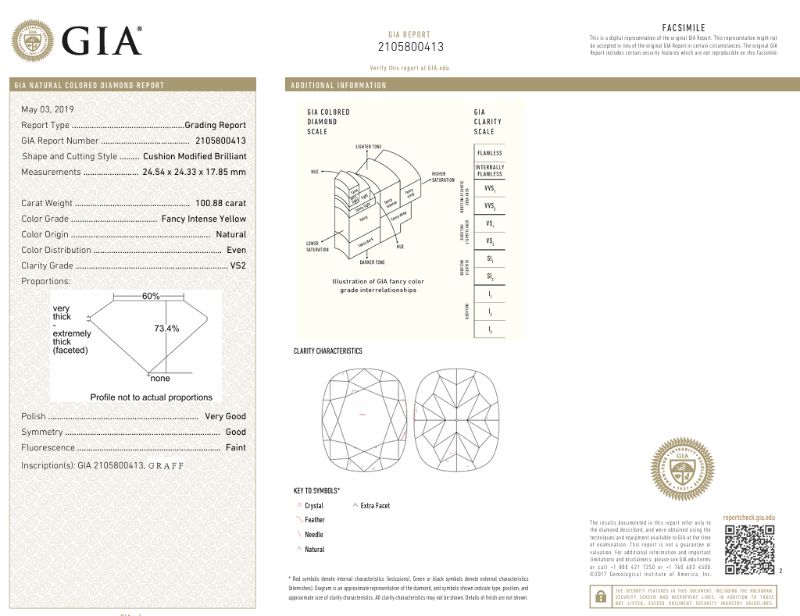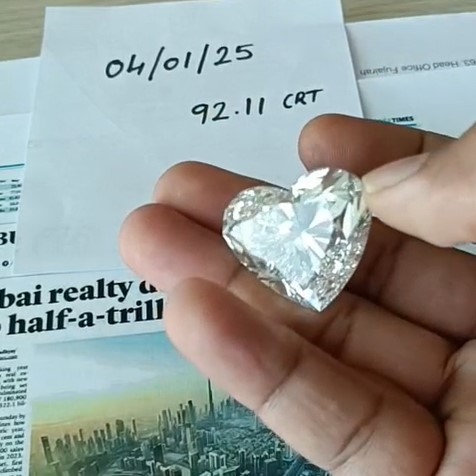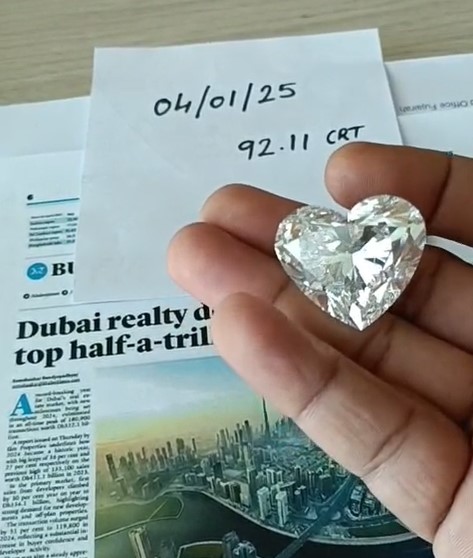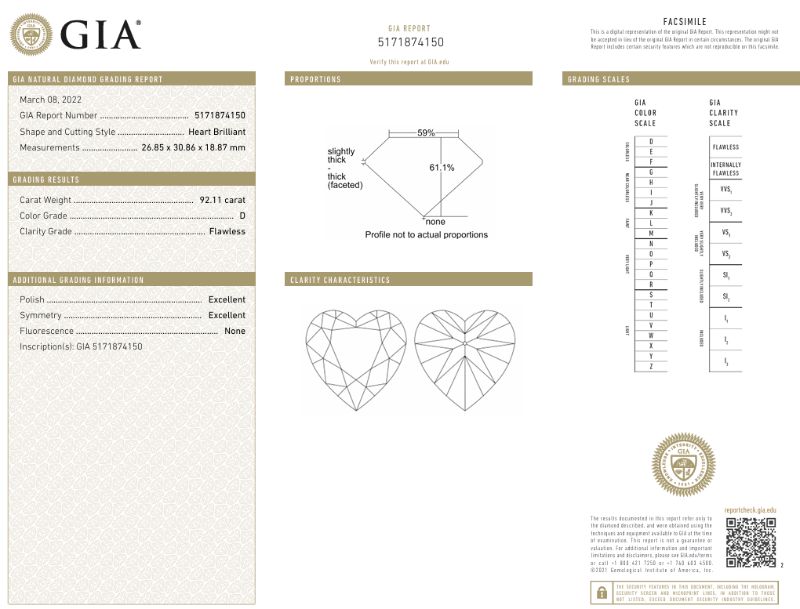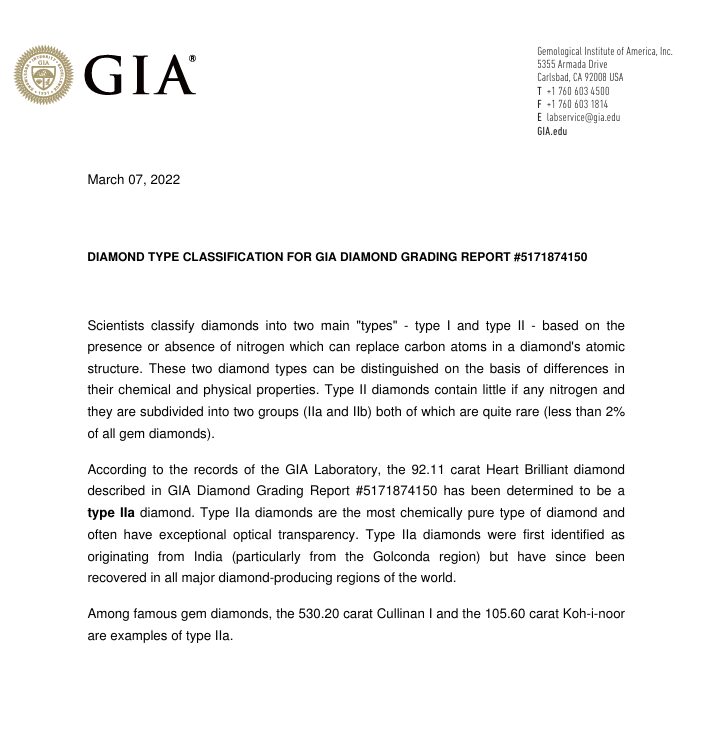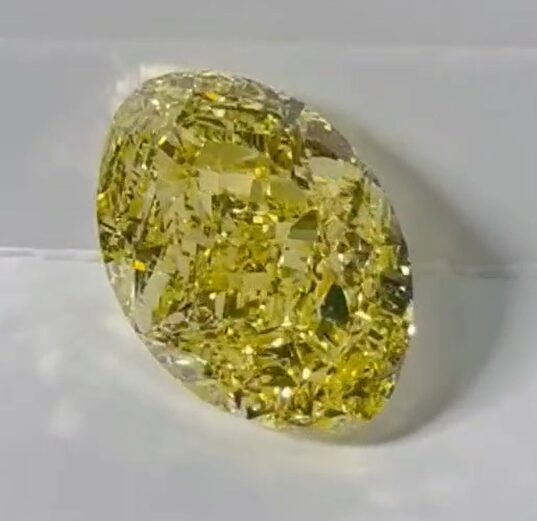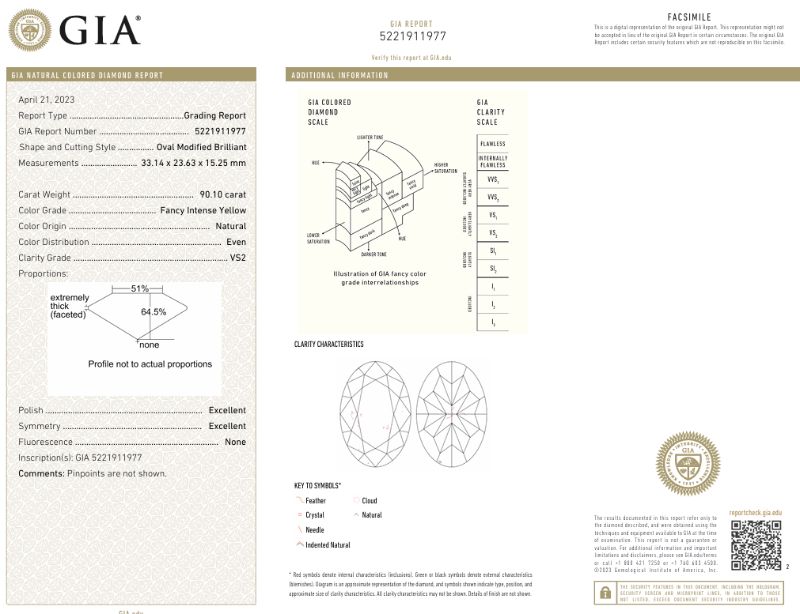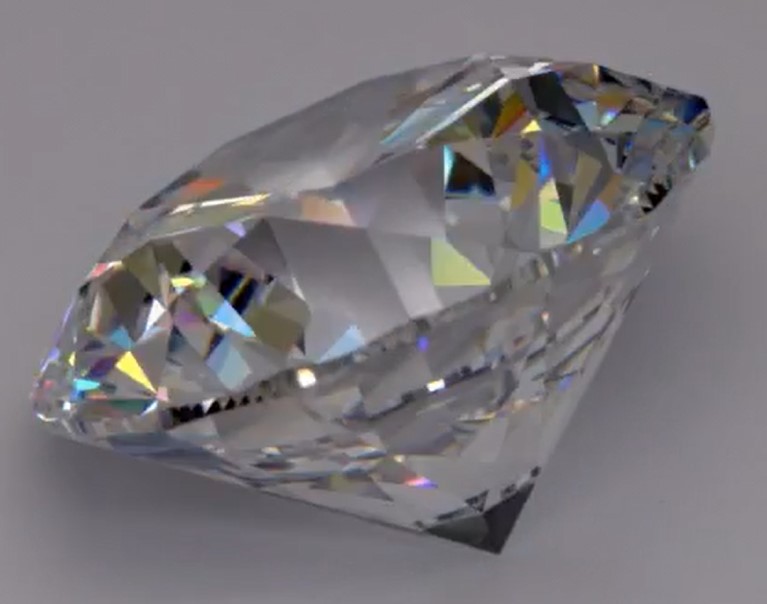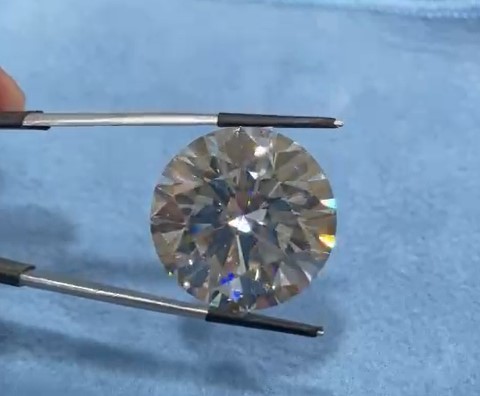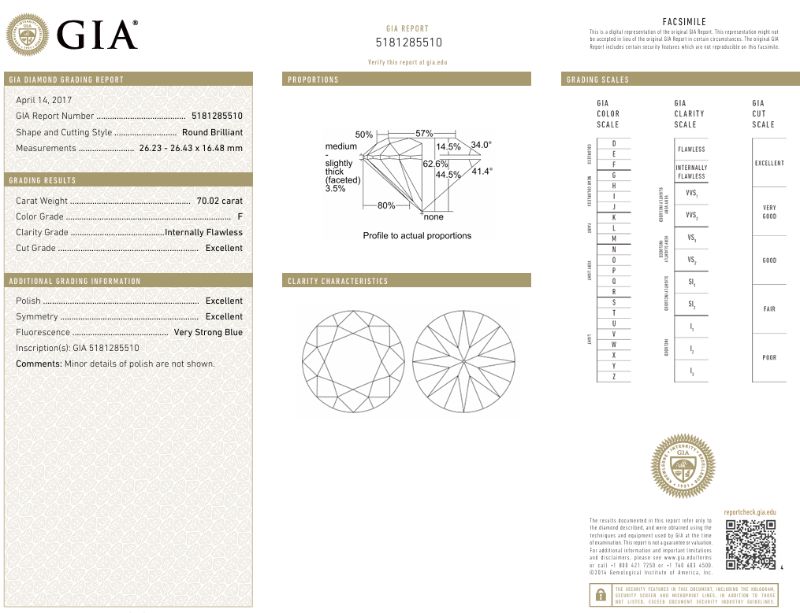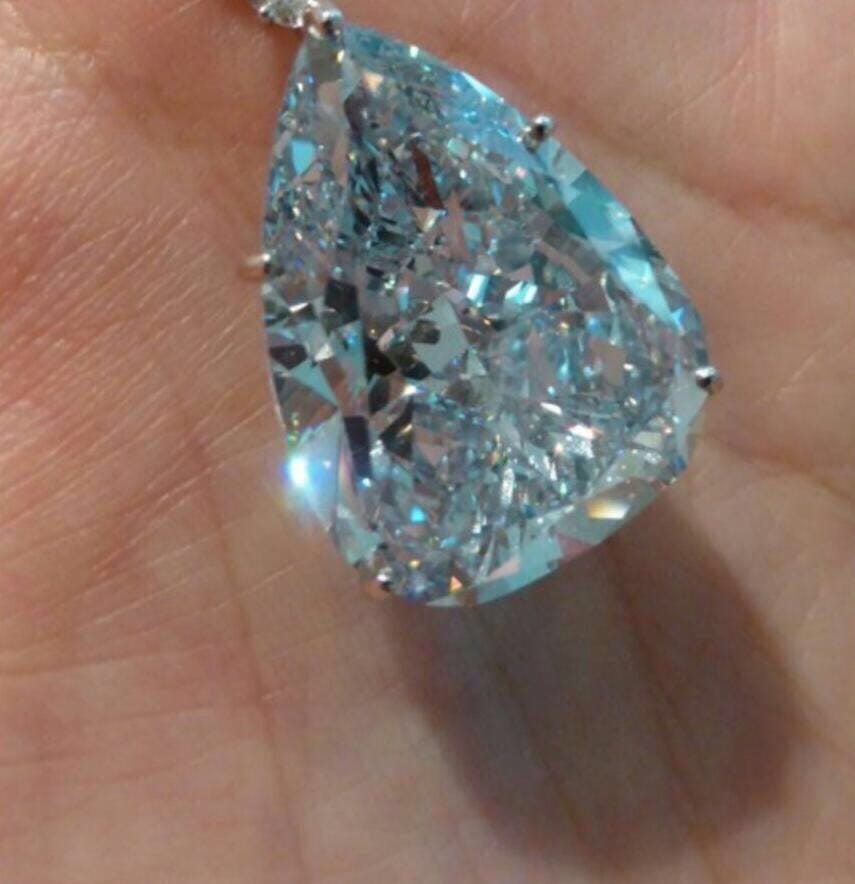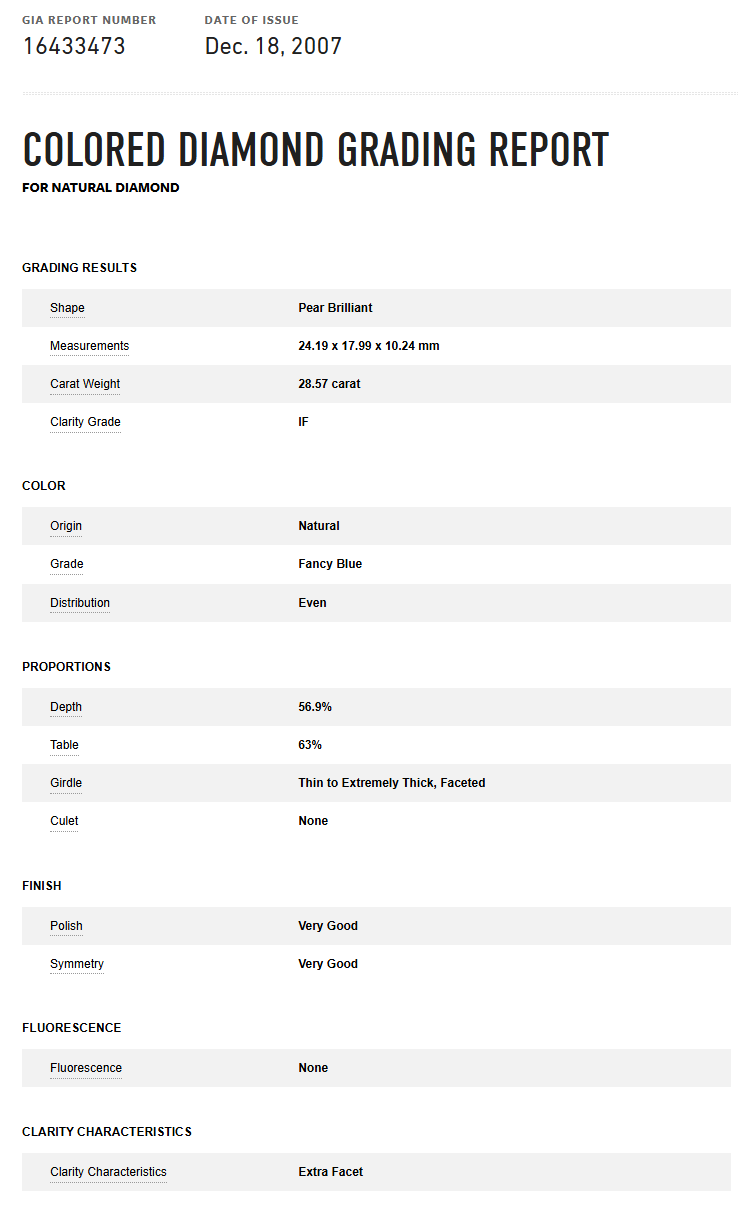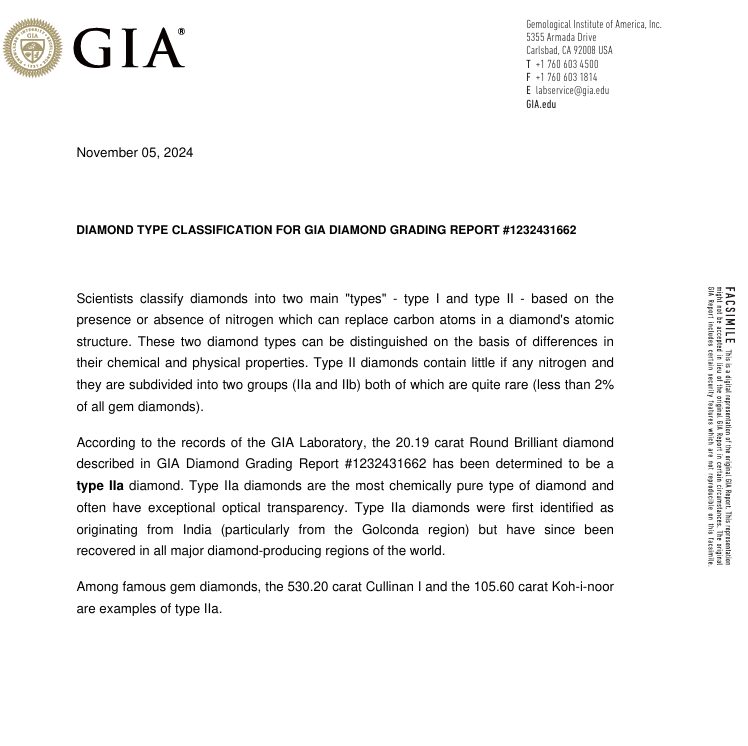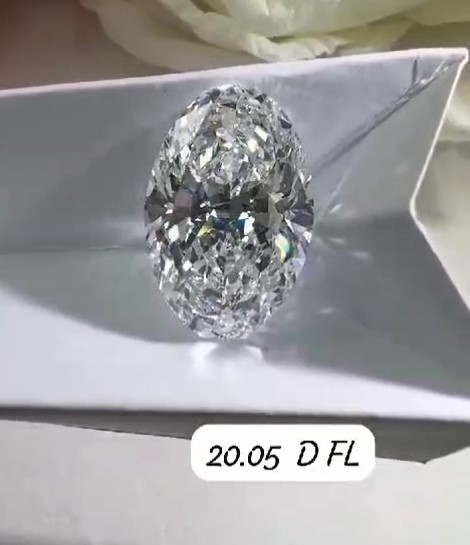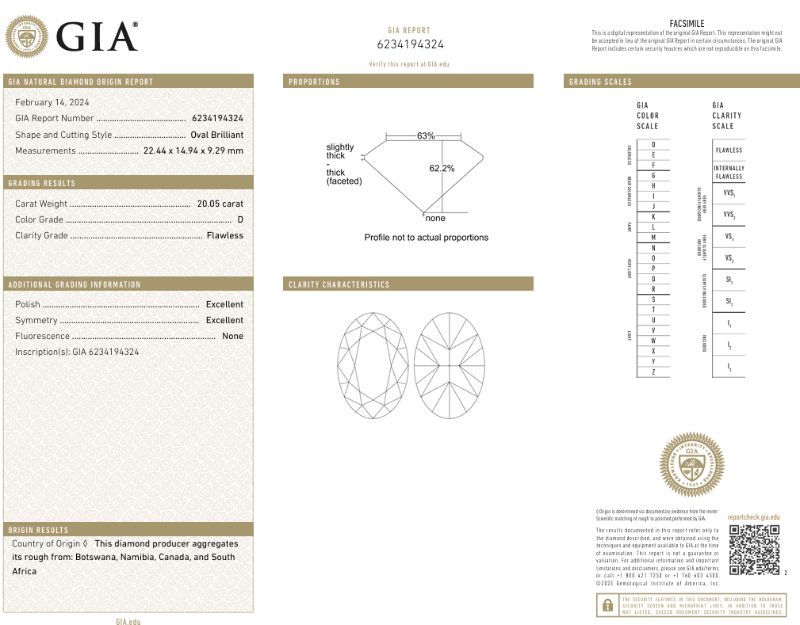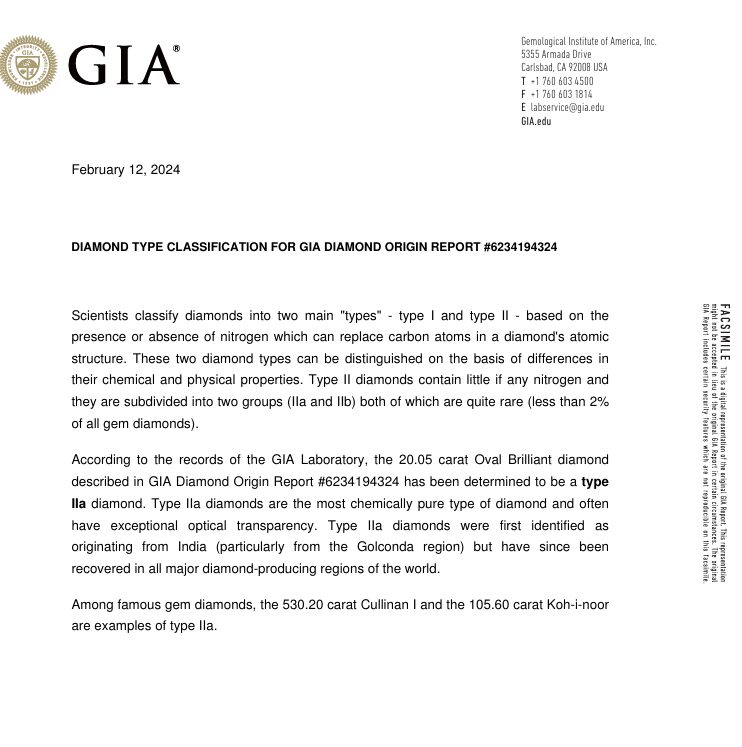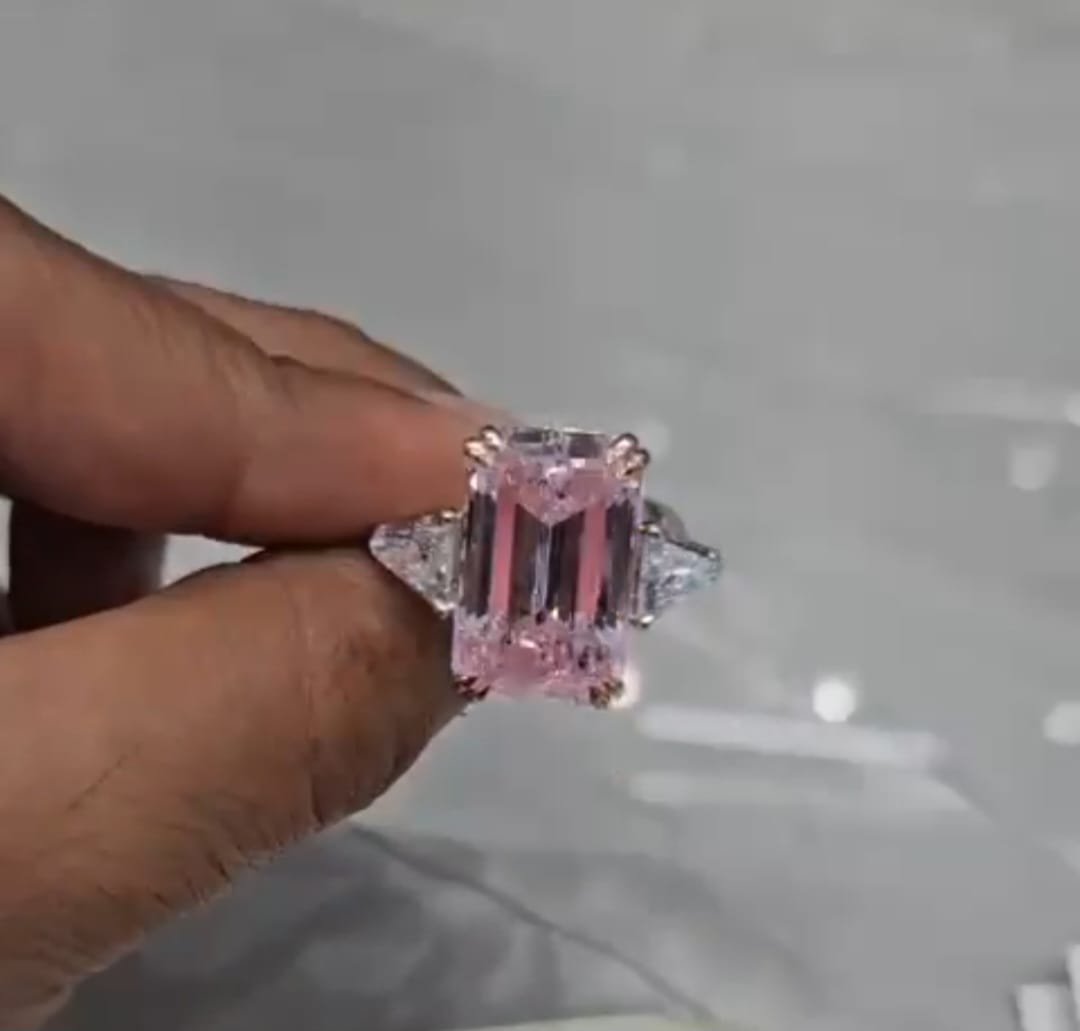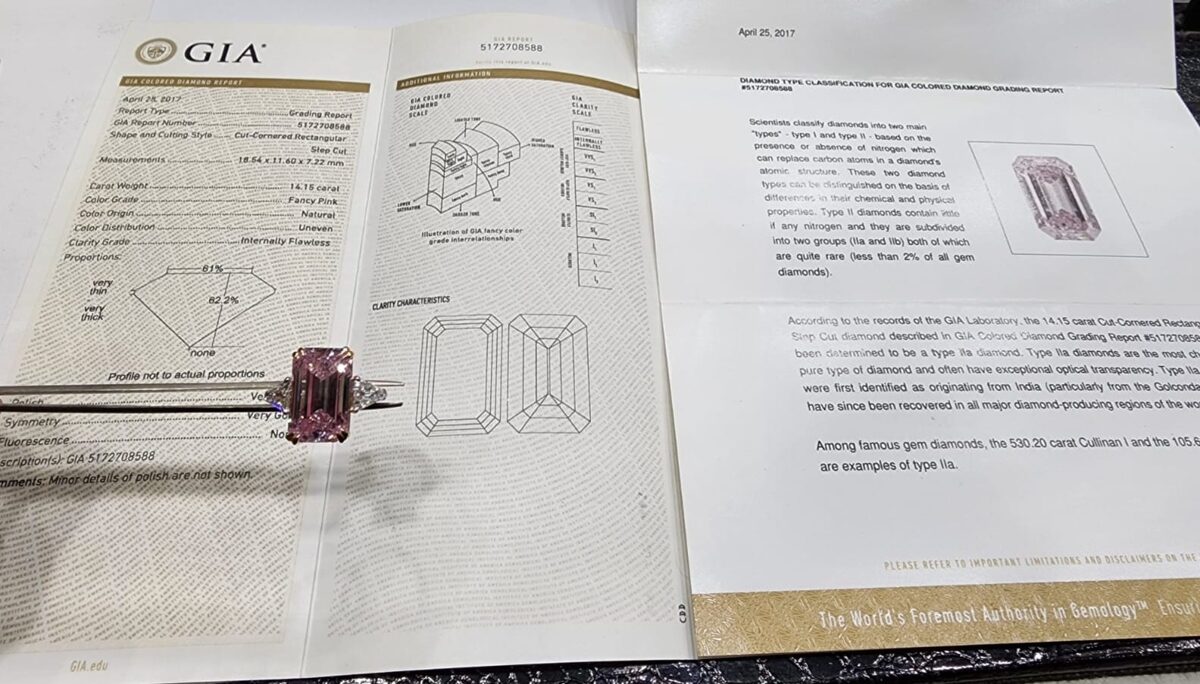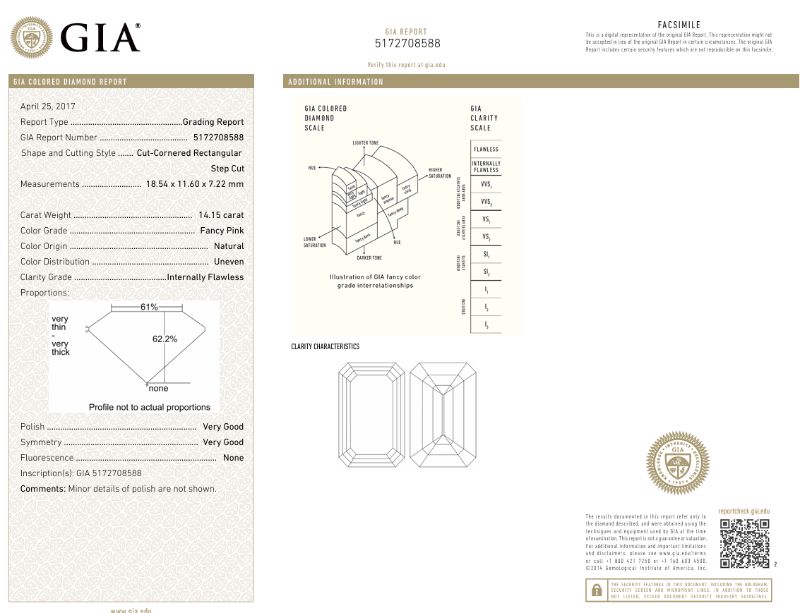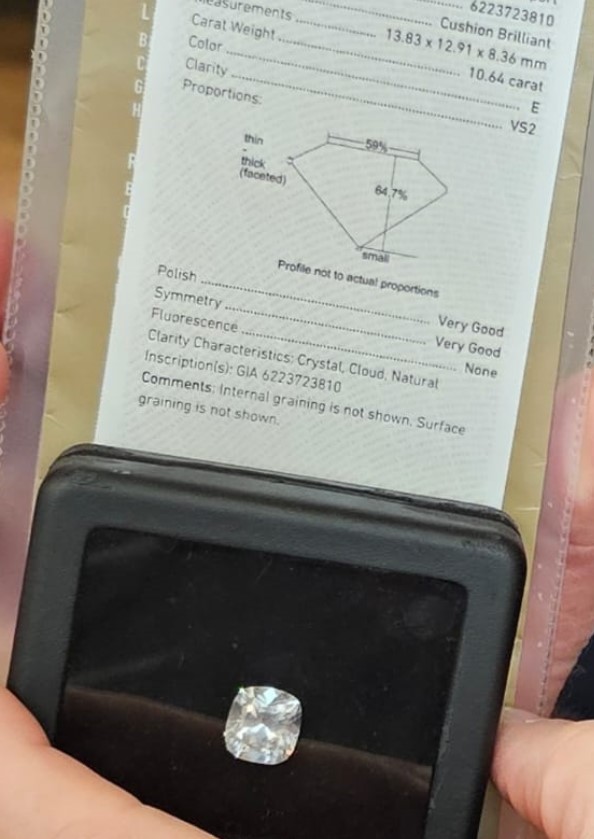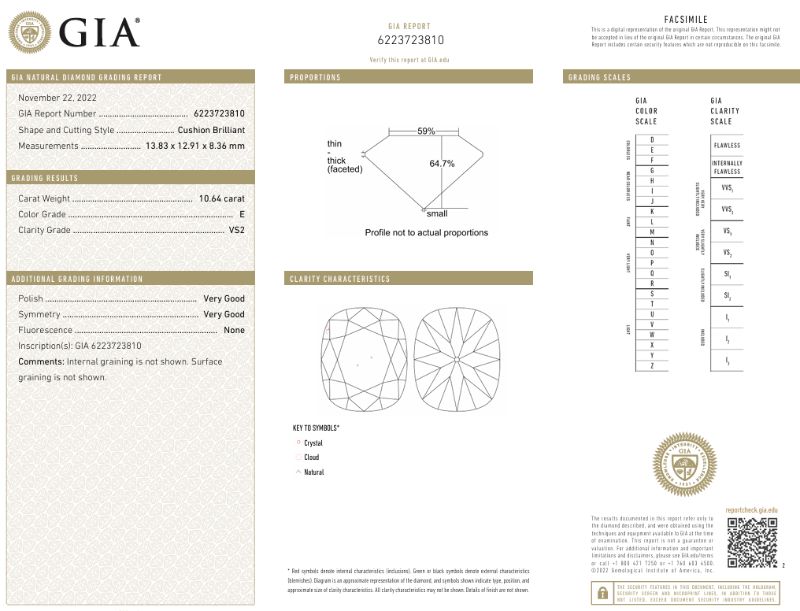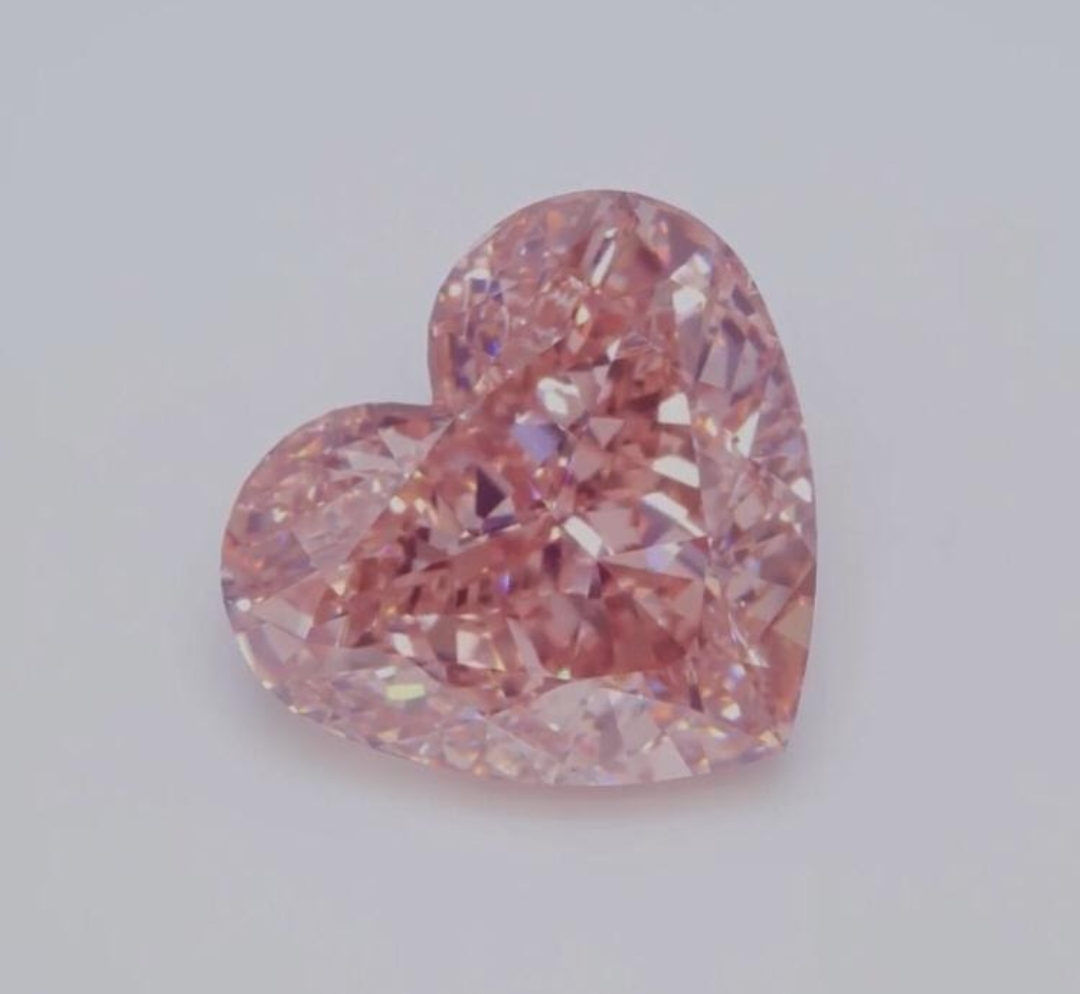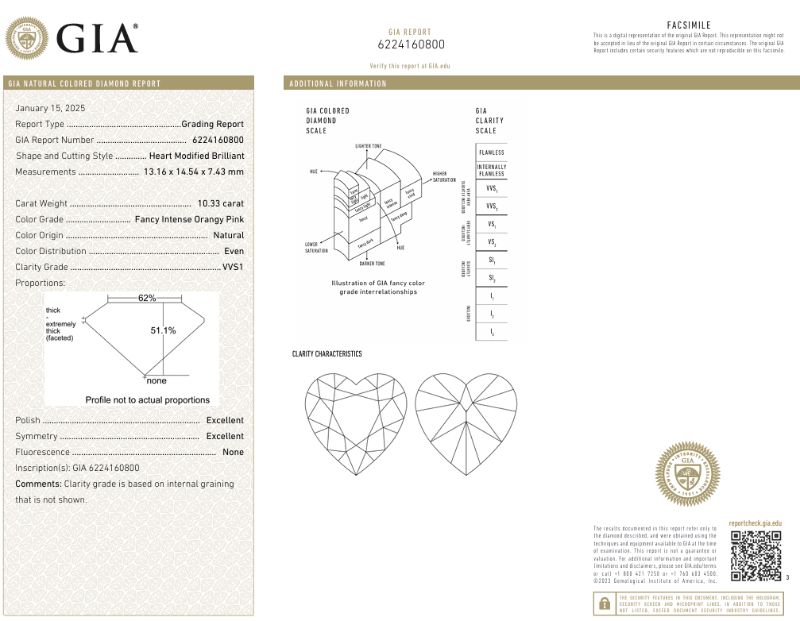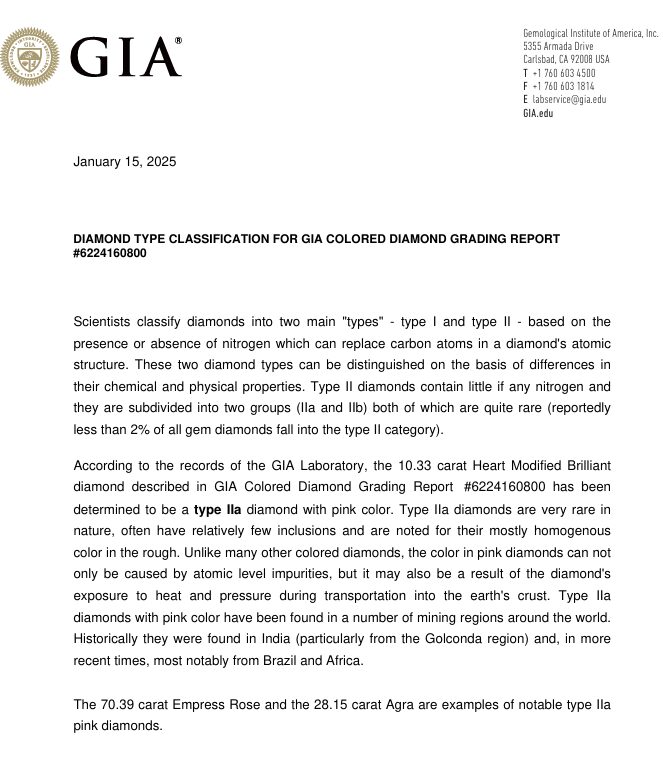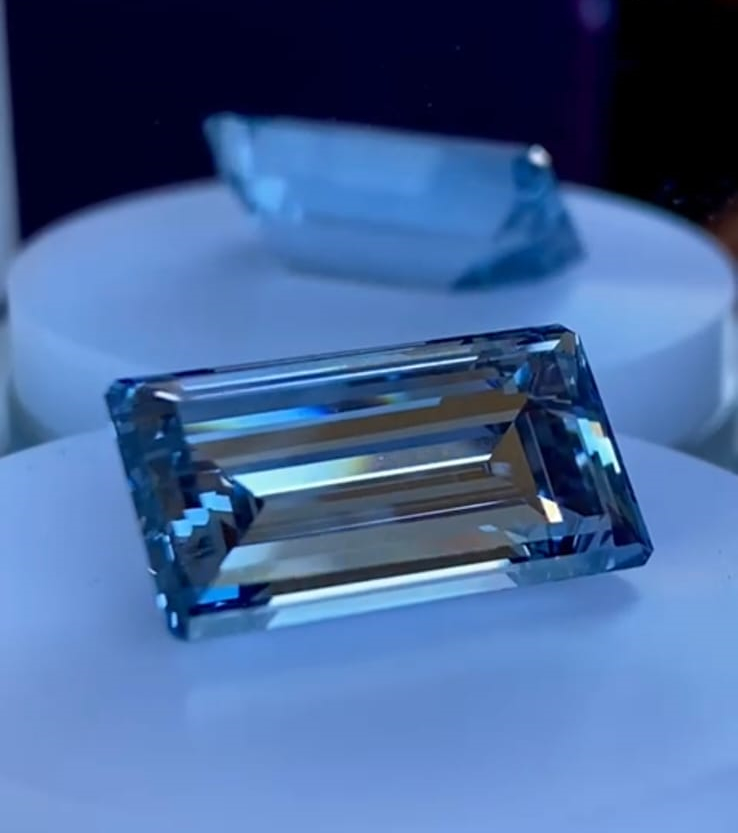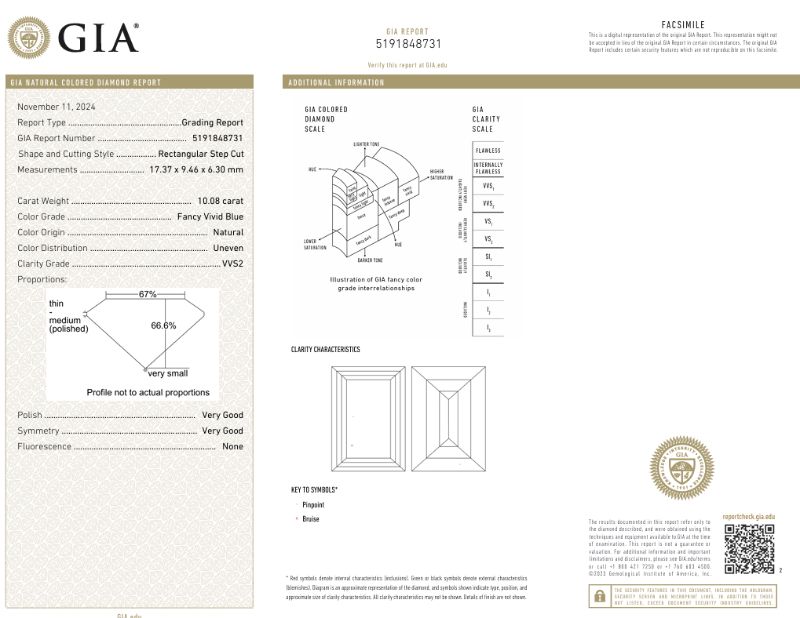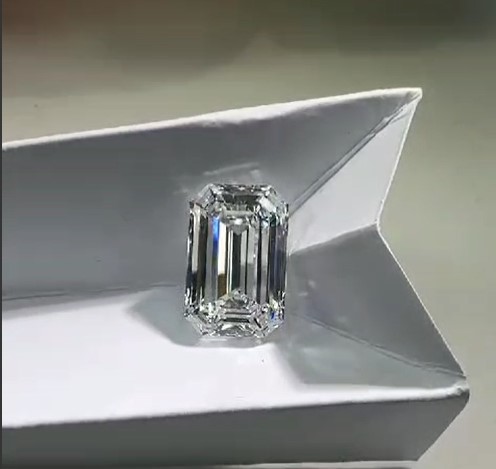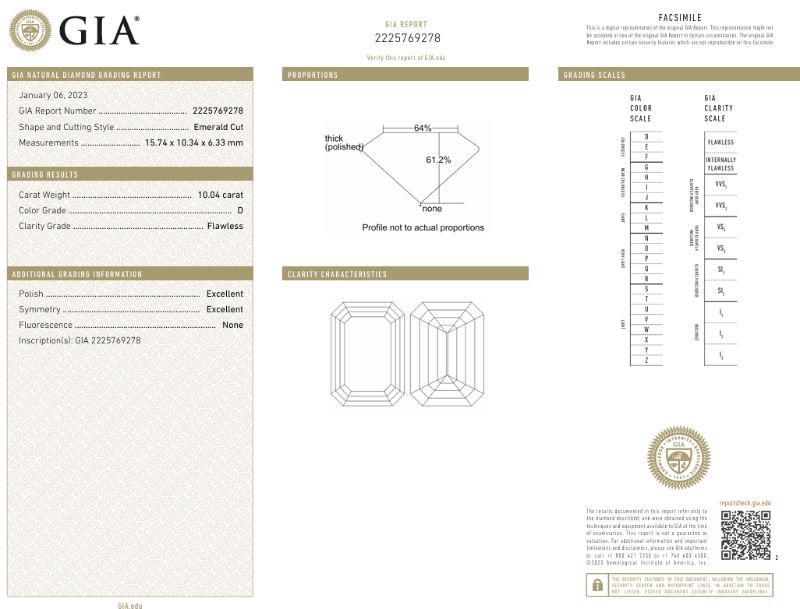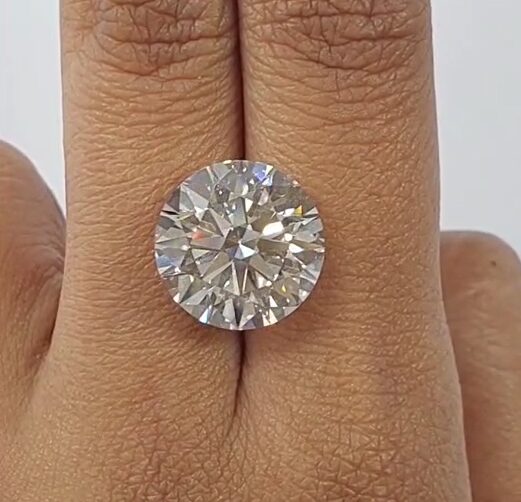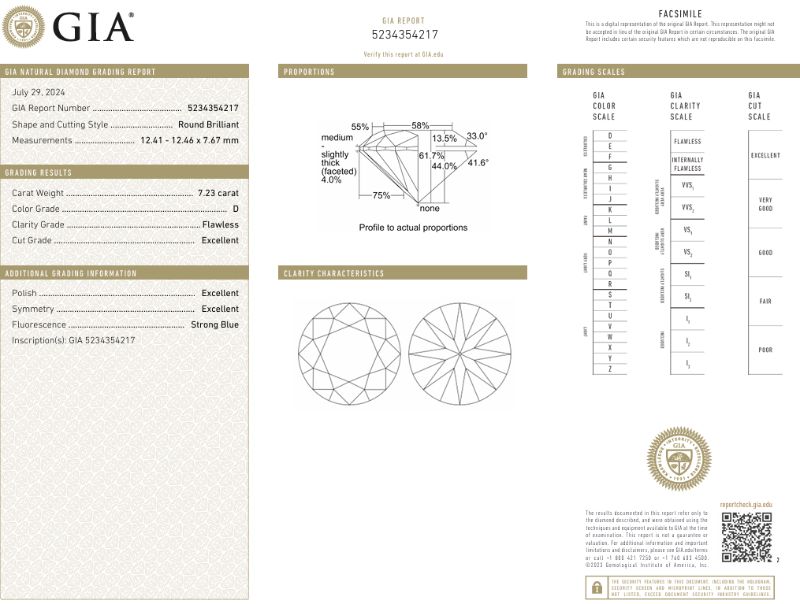Diamonds as an investment: what to invest in
Investment-grade diamonds possess an exceptionally rare combination of weight, clarity, colour, and cut, ensuring that demand for them remains stable or continues to grow. The higher these characteristics, the rarer the diamond, and the greater its investment appeal and potential return.
Choosing a diamond to invest in
Investment Diamonds
313.80 carat 6192709759
158.88 carat 2195876668
127.68 carat Fancy Vivid Yellow 16419651
111.22 carat Heart shape 7032161
108.88 carat 1226235200
102.6 carat 1132139116
101.27 carat 10468562
100.88 carat Yellow 2105800413
92.11 carat 5171874150
90.10 carat Yellow 5221911977
70.02 carat 5181285510
28.57 carat 16433473
20.19 carat 1232431662
20.05 carat 6234194324
14.15 carat Fancy Pink 5172708588
10.64 carat 6223723810
10.33 carat Fancy Intense Orangy Pink 6224160800
10.08 carat Fancy Vivid Blue 5191848731
10.04 carat 2225769278
7.23 carat 5234354217
Which Diamonds Are Considered Investment-Grade?
Investment-grade diamonds are an asset gaining increasing interest among major investors. In response to this trend.
A diamond is a cut and polished version of a natural diamond – one of the rarest and most challenging minerals to extract on Earth. In 2022, the global diamond production volume, including low-quality diamonds used for industrial purposes, amounted to 118 million carats or 24 tonnes. This is 150 times less than gold and over 900 times less than silver, both of which are traditionally included in investment portfolios.
The combination of limited natural diamond reserves, the depletion of existing diamond mines, and the low probability of major new discoveries in the future, alongside increasing global demand for diamonds, creates a structural supply deficit that drives up their value. However, not all diamonds offer the same return potential.
